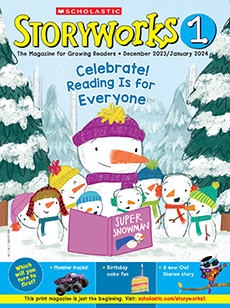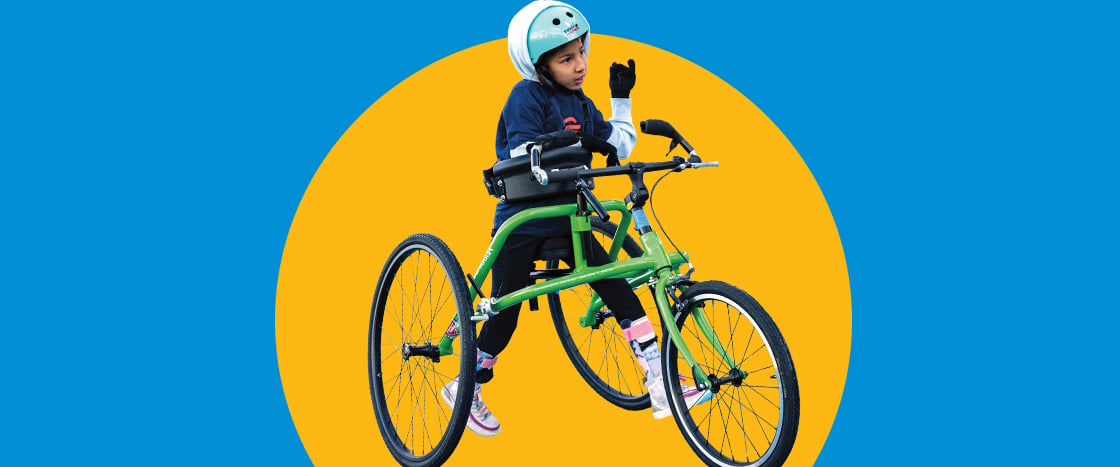Penelope’s heart pounded as she stood at the starting line. She had been training for this race for months. Her helmet was snug on her head. She held on to her frame runner. She was ready to go.
BOOM! The starting gun went off. The race had begun!
Penelope was off. Her frame runner helped her run. She focused—one step at a time.
Today Penelope had to finish in 2 minutes and 8 seconds. If she did, she could go to Junior Nationals. Kids from all over the country would be there to compete.
Before she knew it, she had crossed the finish line. She ran the race in 1 minute and 46 seconds. She was going to Junior Nationals!
But could she win there?

